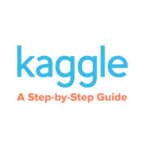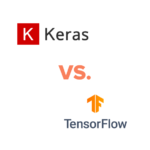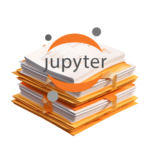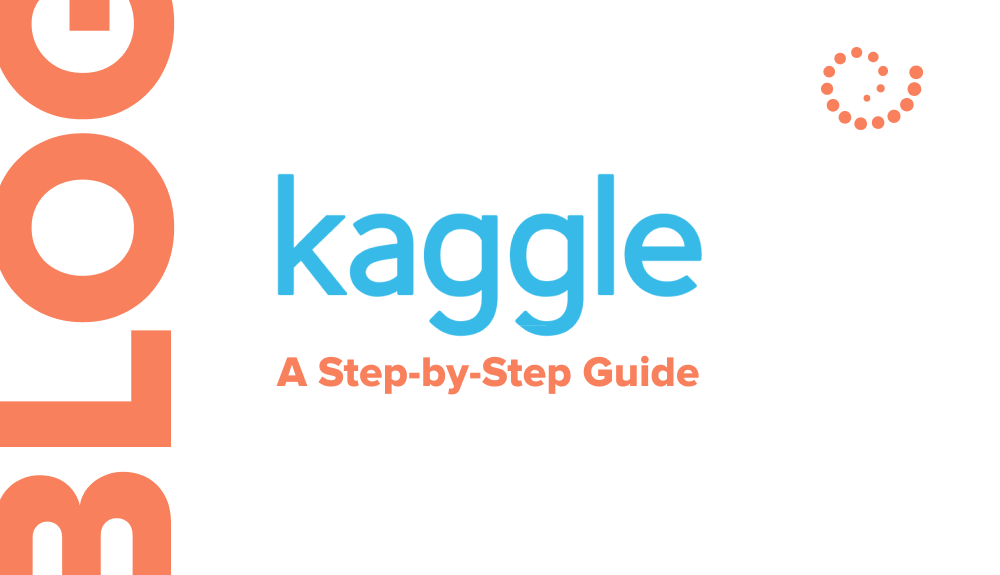
How to Use Kaggle Datasets for Research: A Step-by-Step Guide
Ksenia Nikolaenko | October 18th, 2023
Kaggle is a popular platform for data scientists and researchers, offering a wide range of datasets and tools for data analysis and machine learning. Many researchers wonder whether they can use Kaggle datasets for their research projects. The answer is yes, but there are certain steps and considerations to keep in mind. In this guide, we will walk you through how to use Kaggle datasets for research effectively and ethically.
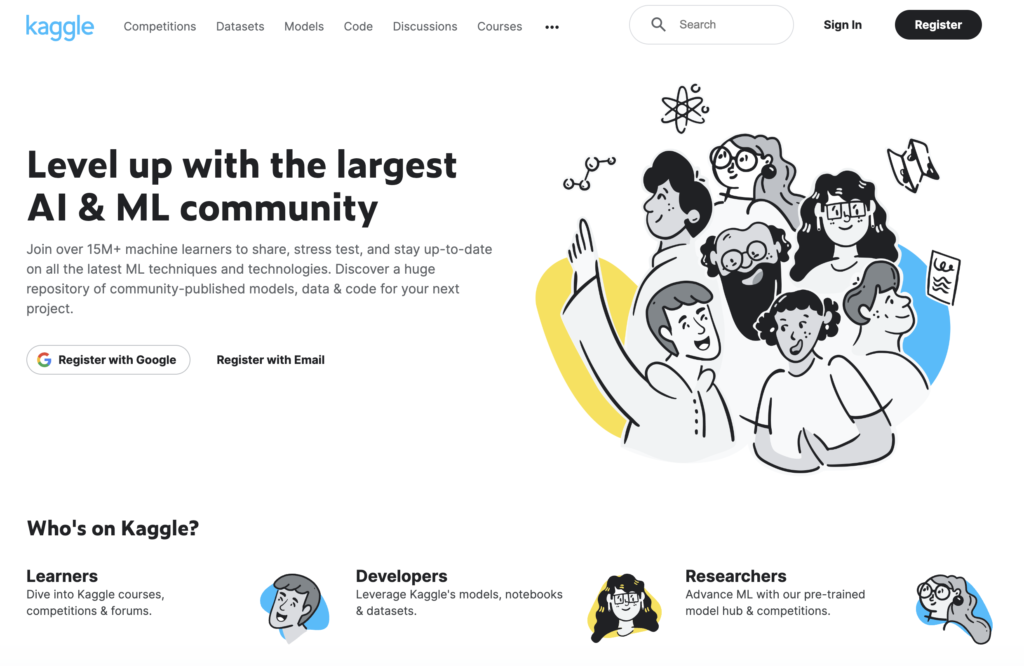
Step 1
Create a Kaggle Account
If you don’t already have a Kaggle account, the first step is to create one. Go to Kaggle’s website and sign up using your email address or social media accounts. Once you’re logged in, you’ll have access to a wide variety of datasets.
Step 2
Explore Kaggle Datasets
Kaggle offers a vast collection of datasets on diverse topics, ranging from finance and healthcare to natural language processing and computer vision. Use the search bar and filters to find datasets that align with your research interests. You can also explore popular datasets and featured competitions.
Step 3
Check Dataset Licenses
Before downloading any dataset, it’s crucial to check its licensing terms and usage restrictions. Some datasets are open and can be used for research, while others may have specific restrictions, such as for educational purposes only or non-commercial use. Always review the dataset’s description and licensing information provided by the dataset owner.
Step 4
Download the Dataset
Once you’ve found a dataset that suits your research needs and complies with its licensing terms, you can download it directly from Kaggle. Most datasets are available in common formats like CSV or JSON. Click the “Download” button to save the dataset to your computer.
Step 5
Understand the Data
Before diving into your research, take the time to understand the dataset thoroughly. Review any documentation or metadata provided with the dataset to gain insights into its structure, variables, and any preprocessing that may be required.
Step 6
Clean and Preprocess the Data
Data from Kaggle may not always be in a ready-to-use format. Depending on your research goals, you may need to clean and preprocess the data. This can include handling missing values, encoding categorical variables, and scaling features. Tools like Python’s pandas and scikit-learn can be immensely helpful for this task.
Step 7
Conduct Your Research
With the dataset prepared, you can now conduct your research. Utilize data analysis techniques, statistical methods, machine learning algorithms, or any other research methods applicable to your study. Document your work thoroughly to ensure transparency and reproducibility.
Step 8
Cite the Dataset
When publishing or presenting your research, it’s essential to give proper credit to the dataset’s creators. Include a citation to the Kaggle dataset in your research paper, thesis, or presentation. Provide information about the dataset’s name, source, and any relevant identifiers.
Step 9
Ethical Considerations
Respect ethical guidelines and privacy concerns when using Kaggle datasets. Ensure that your research complies with data protection regulations and that you do not misuse or misrepresent the data. Be transparent about any limitations or biases in the dataset.
Step 10
Share Your Findings
After completing your research, consider sharing your findings with the Kaggle community and the broader research community. You can write a Kaggle kernel or contribute to discussions related to the dataset. Sharing your insights can help others in their research endeavors.
Conclusion
Kaggle offers a wealth of datasets that can be a valuable resource for research projects across various domains. By following these steps and maintaining ethical standards, you can effectively use Kaggle datasets for your research and contribute to the advancement of knowledge in your field. Remember to respect dataset licensing terms and provide proper attribution to dataset creators to ensure a collaborative and ethical research environment.
Related posts
- How to Use Kaggle Datasets for Research: A Step-by-Step GuideUse Kaggle datasets for research responsibly. Steps: Create an account, explore, check licenses, clean data, conduct research, cite, and share.
- Keras vs. TensorFlow: Understanding the Powerhouse Duo of Deep LearningKeras and TensorFlow complement each other, choose based on needs and expertise.
- Deep Dive into eProcurement: New Article SeriesDeep dive into eProceurement: New Article Series — Stay tuned for expert advice & best practices that empower professionals in the eProcurement industry.
- Version Control of Jupyter NotebooksLearn how to effectively manage version control for Jupyter Notebooks. Discover tools like nbdime and nbconvert that enable viewing differences, enhancing code review, and streamlining workflows.
- Anemic Domain Model Anti-PatternAvoid the Anemic Domain Model anti-pattern: learn its drawbacks, violations of OOD principles, and strategies to build cohesive domain models.
- The Most Efficient Development Philosophy: Think DevOpsIn the world of modern technologies, software development is one of the fastest-evolving areas. Through the last decades, even development approaches changed and brought out new methodologies. The most popular one today is DevOps. What Kind of Beast is DevOps? Sometimes DevOps is considered as just a term for particular tools, in fact being a
Let’s start building something great together!
Contact us today to discuss your project and see how we can help bring your vision to life. To learn about our team and expertise, visit our ‘About Us‘ webpage.

Recent Posts
- How to Efficiently Scale Your Startup’s Tech Stack for Maximum Growth
- Shine in Your Interview: 3 Dos and Don’ts to Prove Your Competence with Confidence
- Elevator Pitch: How to “Sell” Yourself in One Minute
- 9 Best Places to Find Free Datasets for Your Next Project
- 9 Key Measures to Protect Digital Assets and Ensure Data Integrity
